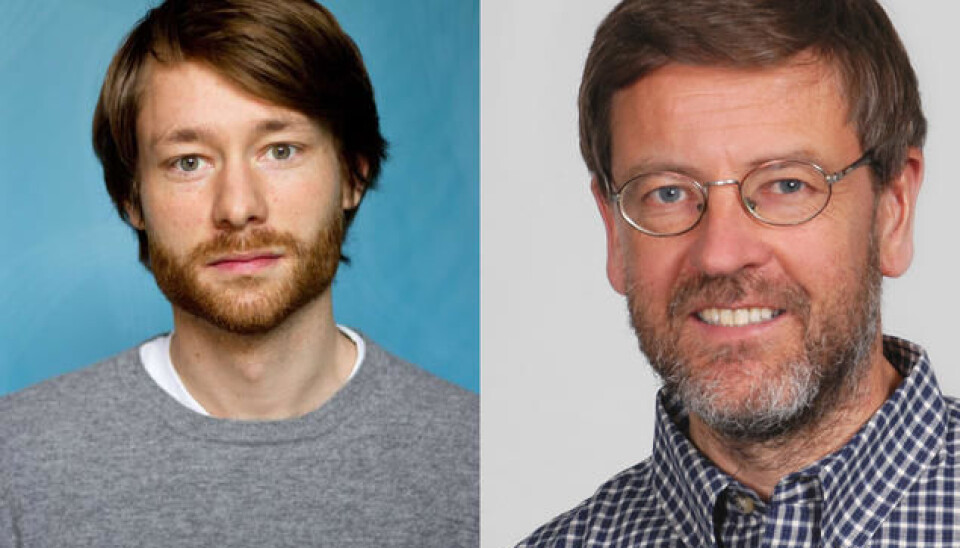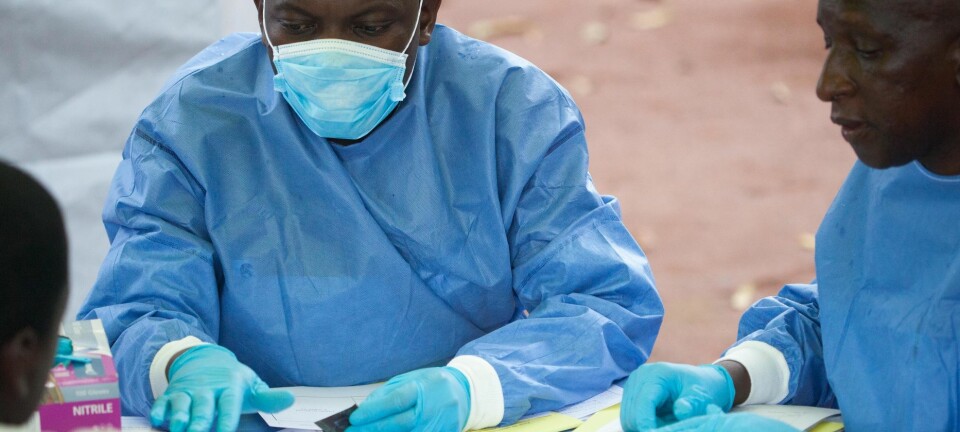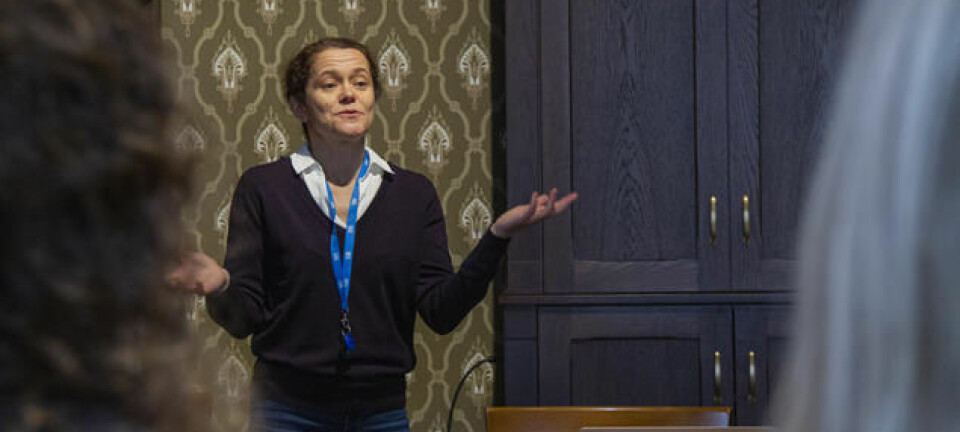This article is produced and financed by The Centre for Advanced Study (CAS) - read more

Is the world becoming more peaceful?
In the early 2000s, a string of important books argued that the times of war were ending. But is this true? Researchers now aim to find out.
In the early 2000s, a string of important books argued that the times of war were ending. The idea was popularized in the Better Angels of Our Nature by Steven Pinker, Winning the War on War by Joshua Goldstein, and War in Human Civilisation by Azar Gat.
“This line of argument was later heavily criticized for jumping to conclusions and for not taking the fundamental statistical properties of war into account,” according to Conflict researcher Håvard Mokleiv Nygård from the Peace Research Institute Oslo (PRIO) and statistician Nils Lid Hjort from the University of Oslo (UiO).
The two will be leaders of a research project called ‘Stability and change’ at the Centre for Advanced Study in 2022/23.
The project is motivated by a deceptively simple question:
Is the world becoming more peaceful?
Deaths in a war quickly escalate
The future CAS project leaders say that since the pioneering work of the English scientist and pacifist Lewis Fry Richardson in the 1960s, scholars have operated with two important statistical facts about wars. The first is that deaths in war follow a “power law distribution”.
“The best way to understand a power law distribution is perhaps to compare it to its more well-known cousin, the normal distribution”, Mokleiv Nygård clarifies, and exemplifies this with people’s height: you probably will never run into someone who is 2,8 meters tall.
In many ways, power laws resemble normal distributions, but the extreme cases are much more common than you would expect, Mokleiv Nygård explains. Disturbingly, the probability that a conflict that kills 100 people escalates to one that kills 1000 people is the same as the probability that a conflict that kills 1000 people escalates to one that kills 10,000 people, and so on.
“The implication is clear: while we can safely assume that we will never encounter anyone that is, say, 1 meter above average height, we cannot feel too safe that we will not see another war as devastating as WW II.”

In between wars
Secondly, the time between wars follows a “Poisson distribution”. The most important aspect of this statistical model for this specific project is that Poisson distributions have no memory.
Mokleiv Nygård explains:
“The implication of this is that the number of wars that start in a period depends only on the length of that period, and not on the history of armed conflict up until that period.”
The duo has yet to find a coherent understanding of why wars and the periods between them fit these two statistical models.
“The goal of our project is to rectify this.”
Statistics for war and peace
This is not the first time these two scholars have collaborated. They have already been working together as part of the collaboration between PRIO and UiO that is making Oslo a “global knowledge center for preventing and solving armed conflict”. And they got Steven Pinker’s attention when they suggested that the “Long Peace” started during the Vietnam war in 1965. The plan is that he will contribute in the CAS project two years from now.
At CAS, Lid Hjort and Mokleiv Nygård will gather conflict scholars and statisticians to work together to develop new conflict research, statistical theory, and statistical tools for understanding why deaths are power-law distributed and why the Poisson distributions arise.
“Based on this, we will seek to shed new light on crucial questions relating to why and how wars escalate, and when societies transition from war to peace. We will develop new statistical tools for pinpointing stability and change in such conflict processes. Hopefully, we will be able to give better and more robust answers to the question of how peaceful the world is.”
CAS a “perfect vehicle”
At CAS, Mokleiv Nygård, Lid Hjort and their team will get uninterrupted time for research.
“Our project is inherently multi-disciplinary. Neither conflict researchers nor statisticians can answer our questions alone. We need cutting-edge research both in conflict research and in statistical methodology. A CAS group is the perfect vehicle for allowing us to assemble a team of top-notch scholars from both disciplines and to give them the time and resources needed to do this work.”


































